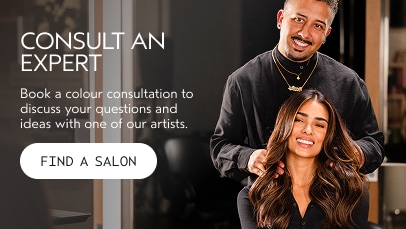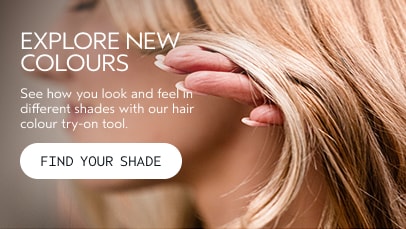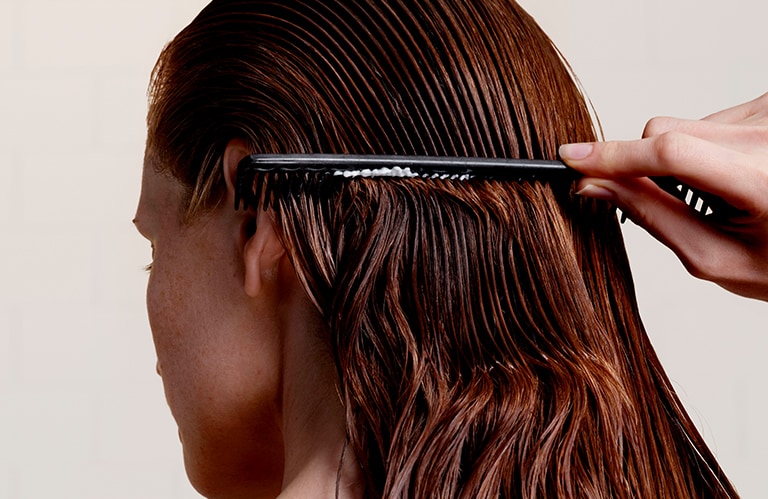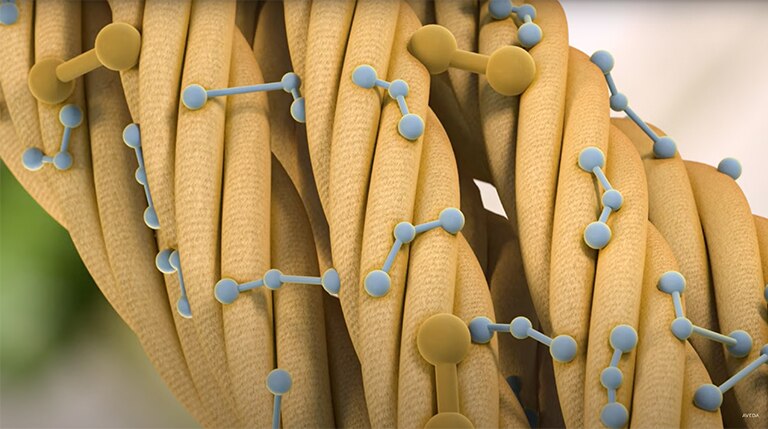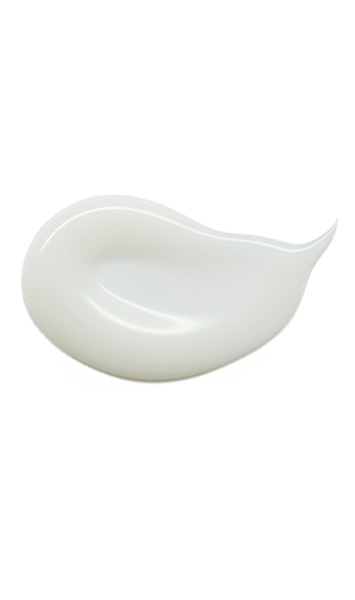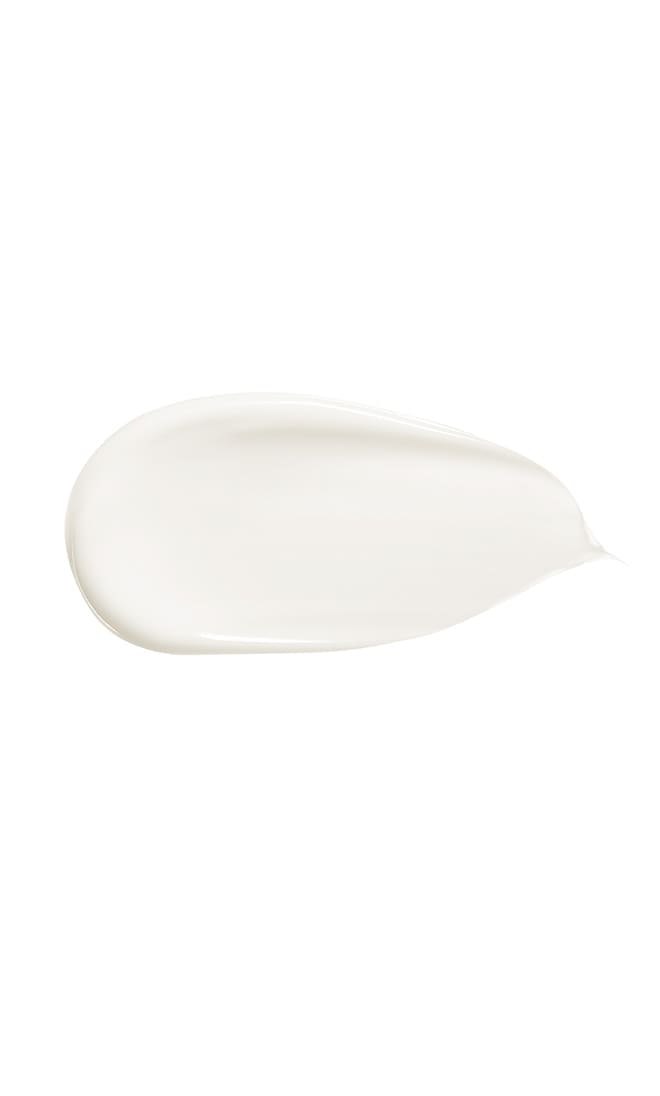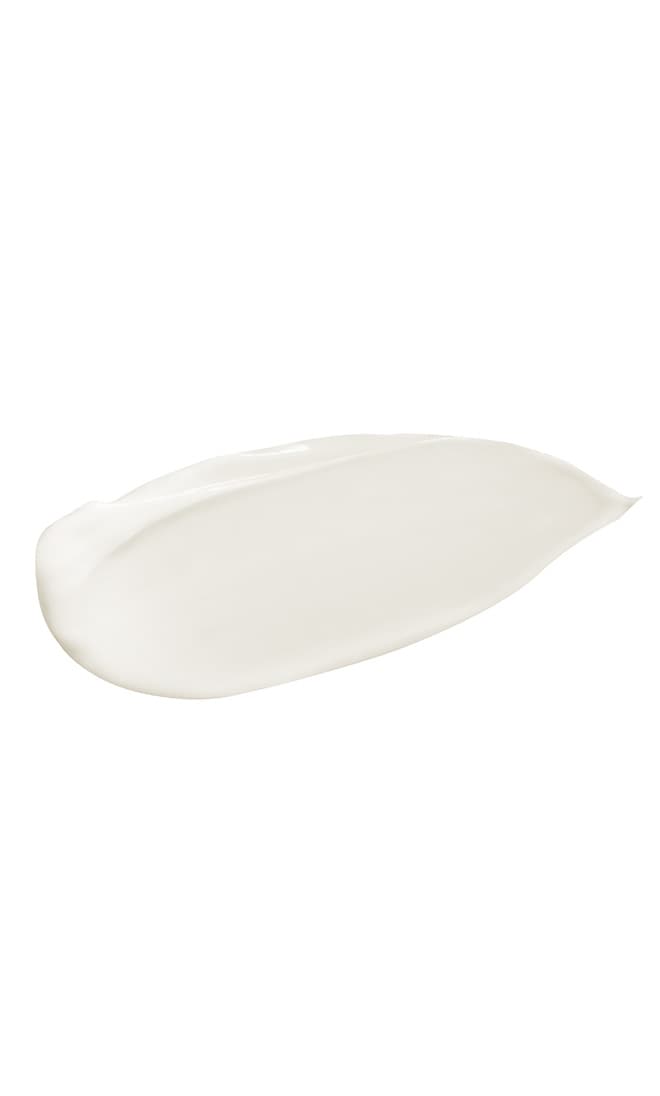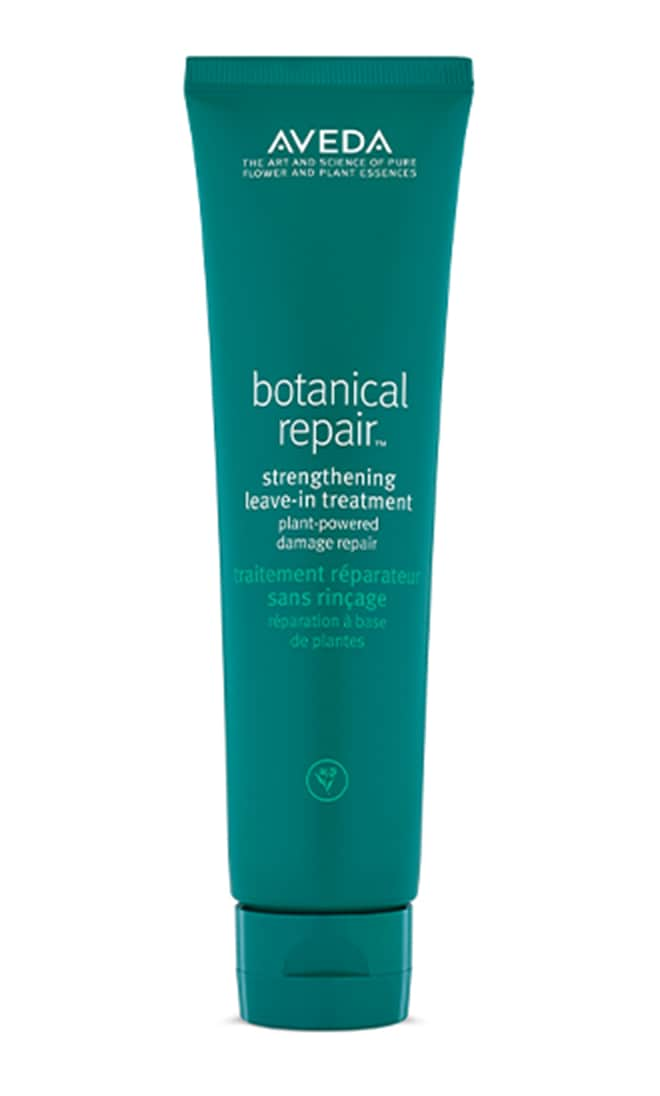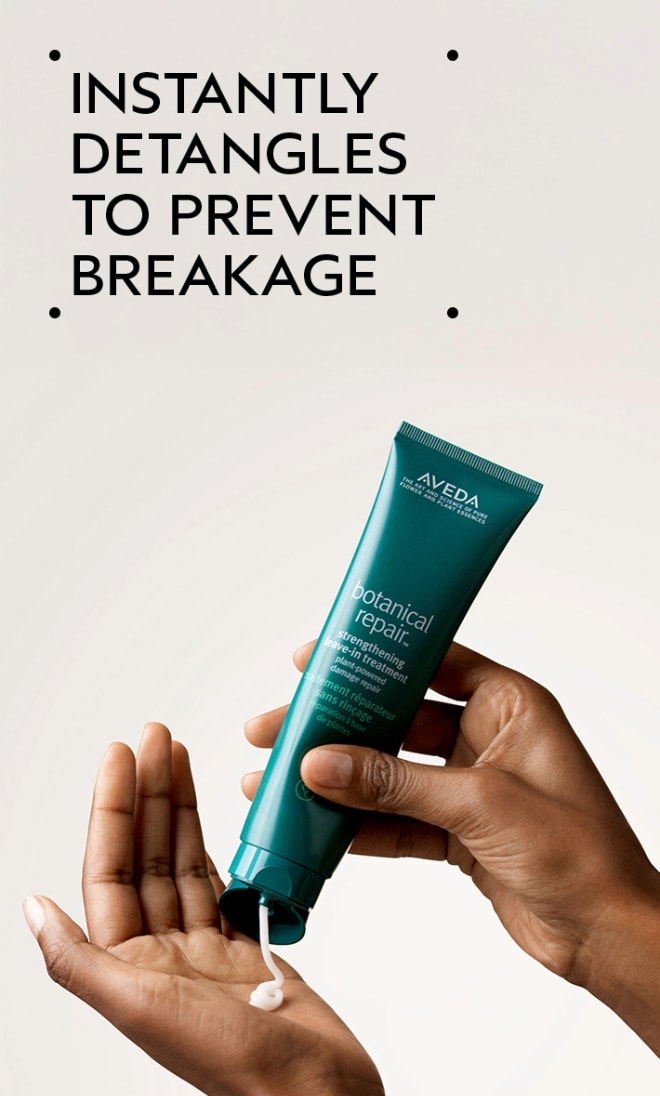"We believe that the most powerful hair care is rooted in nature. To get smooth, shiny hair, silicones may offer instant gratification, but long term, they can cause build-up and breakage and block essential nutrients from reaching the hair.
Instead of silicones, botanical repair™ uses plant-based polymers and botanical oils to strengthen and repair hair from the inside out for instantly improved strength and shine. How do we do it?"
Biotech Naturals for high-performance hair care
Our labs research and use botanical extracts that have been created with precise extraction techniques to yield ingredient efficacy while keeping sustainability in mind.



